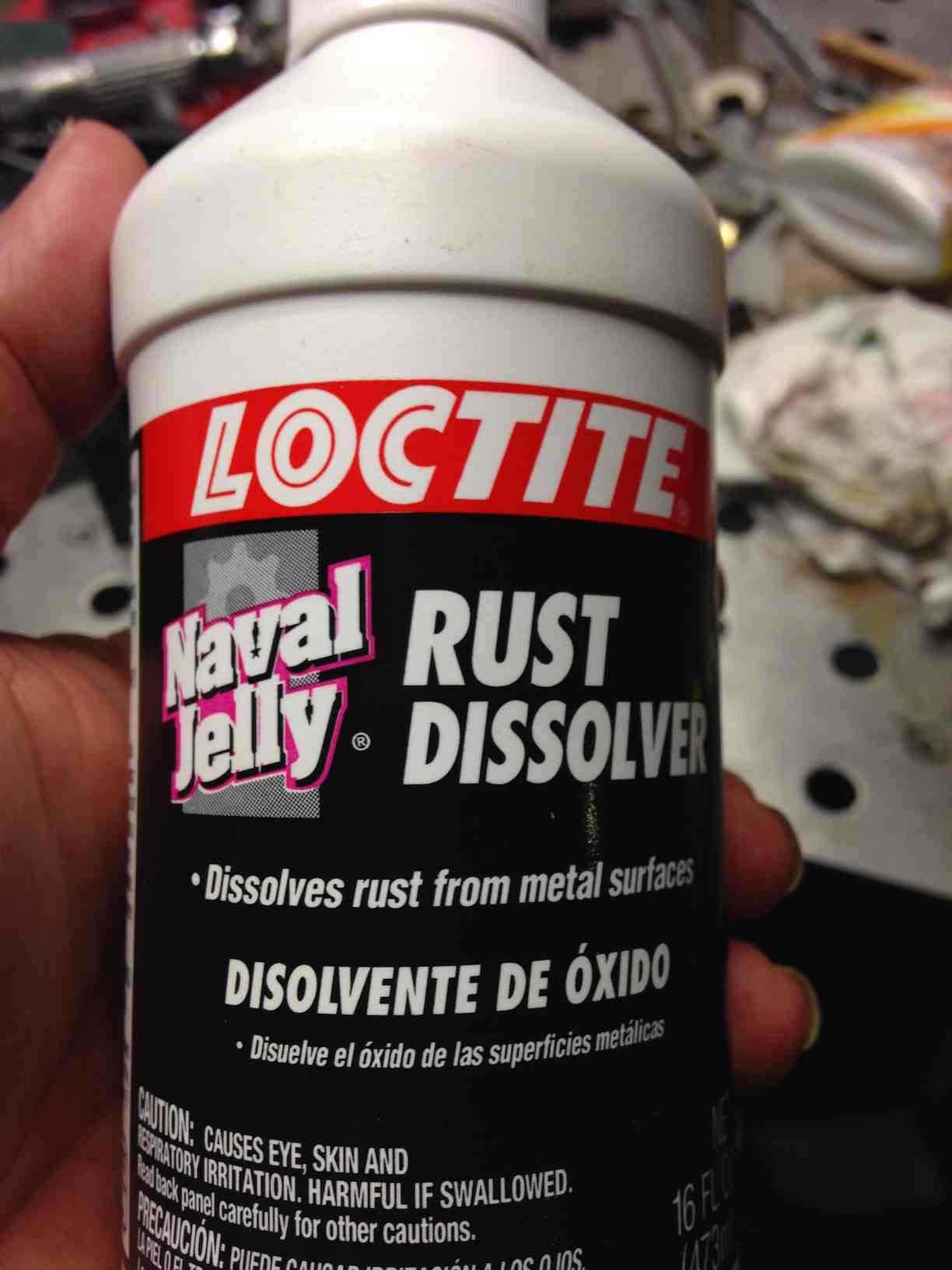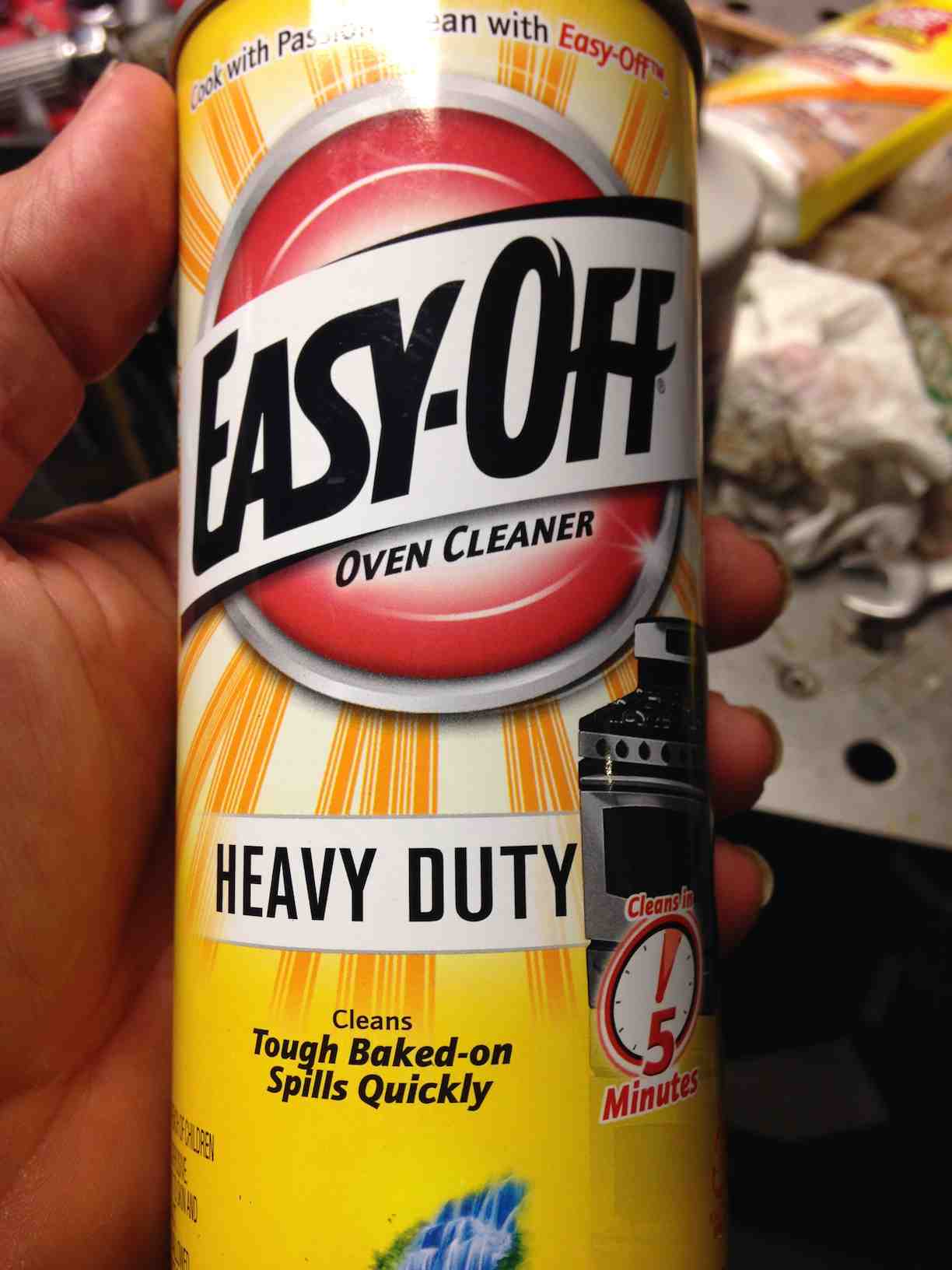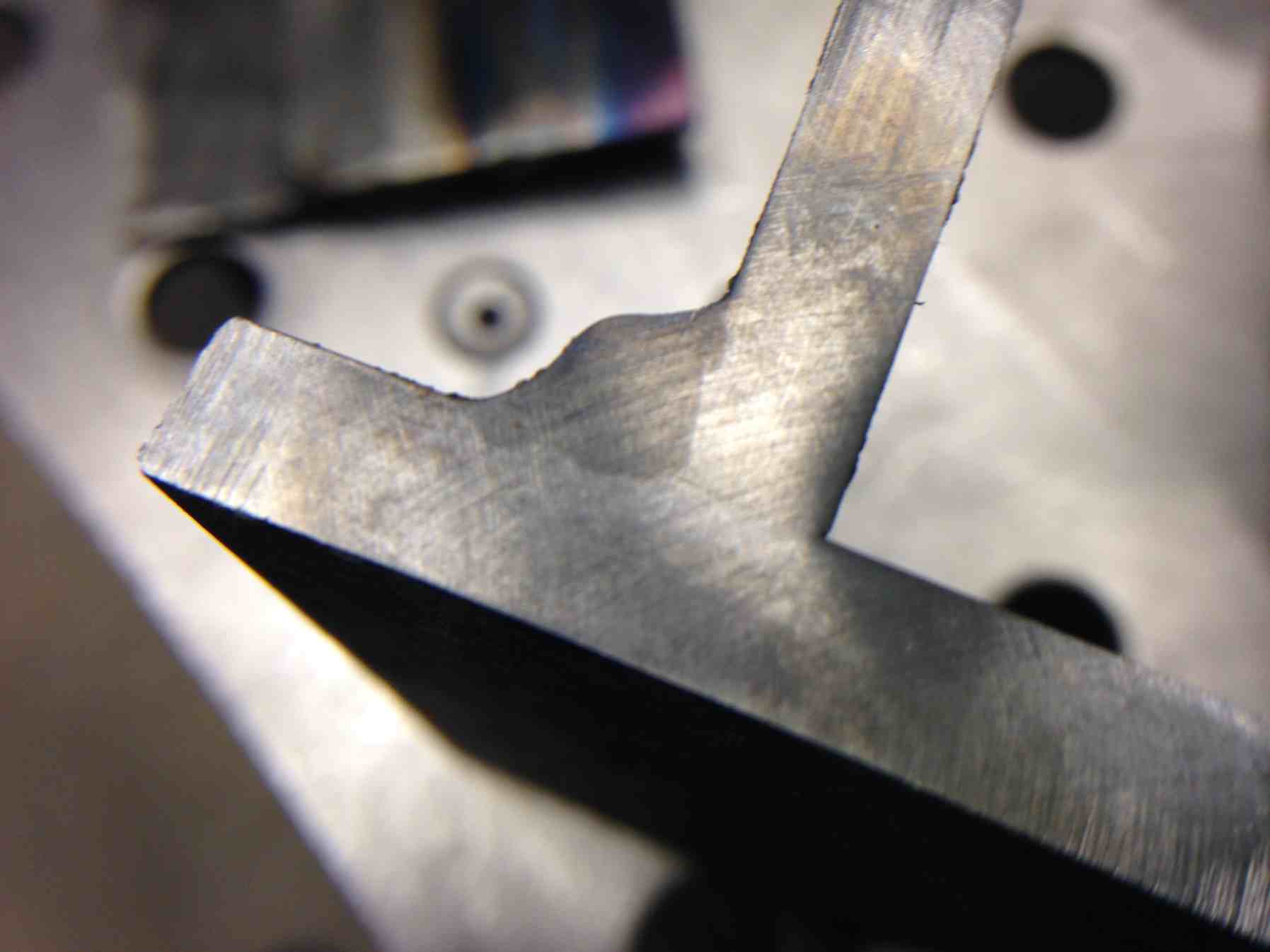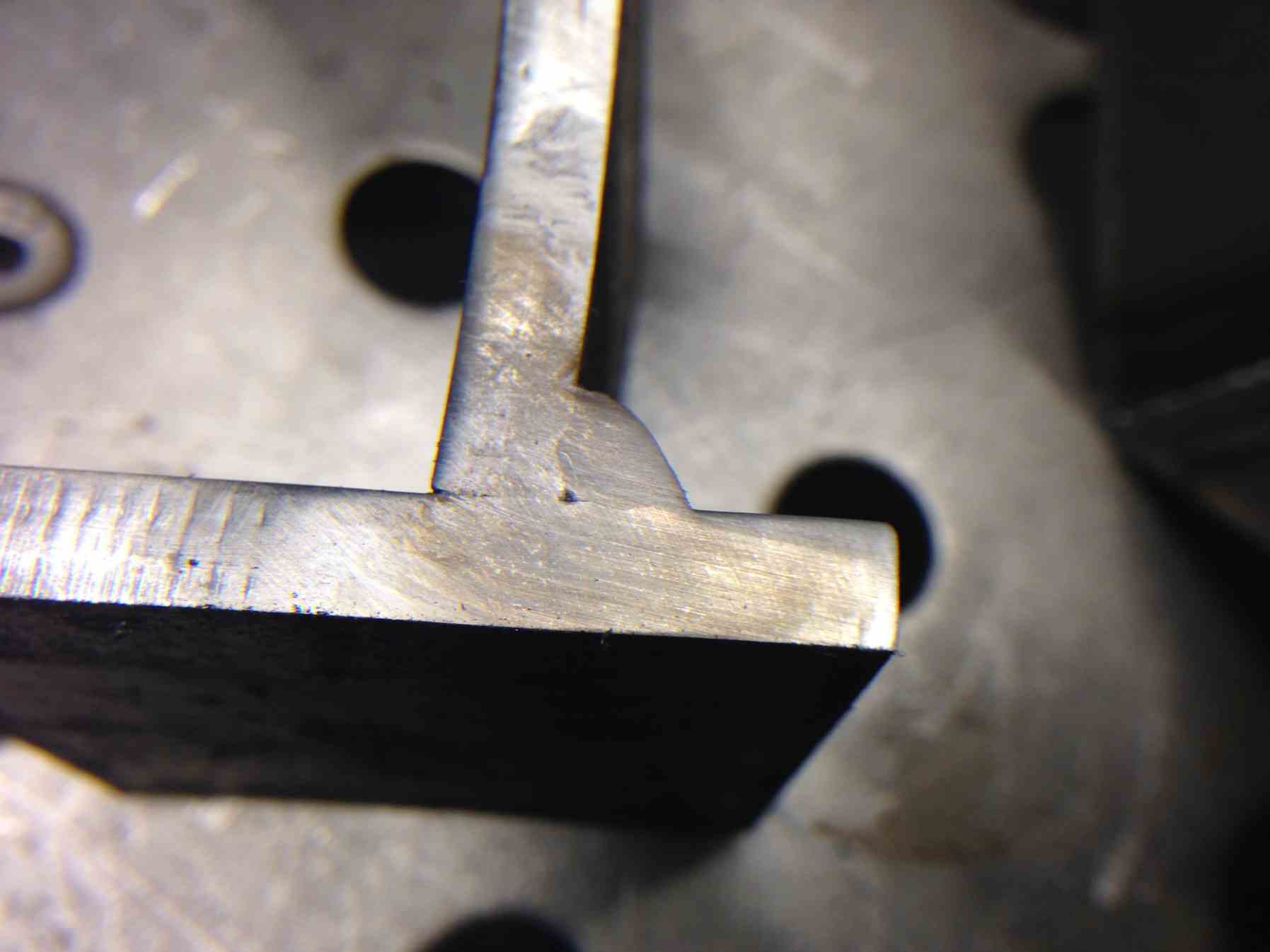Mig Welding Macro Etch Tips
How can you test a weld to make sure your settings are getting the job done?
Slicing, Dicing, polishing, etching, and visual inspection are basically all that is involved with a macro etch test.
Sometimes
the naked eye is all that is needed to inspect the weld profile but
viewing at 3x to as high as 20x can help see even more features of the weld as long
as the polish is fine enough so that grinding scratches do not conceal
the weld features.
just a quick note...stubby kits are back in stock at weldmonger.com
A question came up on theweldingforum.com about macro etching and how it works so I thought I would give my take on the subject.
Using the Macro-Etch test in welding training
"The macro etch test can provide some excellent feedback
especially when it is done immediately after welding while the image of
the puddle is still in the welders head."
In this video, I am hoping you can watch
the arc and puddle and correlate the macro etch test results with what
was going on in the puddle.
The macro cross section etch test is what is
known as destructive testing. So it kinda goes without saying that it
is used mainly on test welds in proving out a procedure. ...and not on actual production parts.
But
even in production environments, sometimes a certain percentage of
welded parts are sometimes sacrificed and sliced, diced, and examined
using the macro etch test as part of a quality control program.
I guess I have macro etched a few thousand welds. Thats because I worked in a metallurgical lab for over 5 years.
The welding code we worked to was AWS D17.1 and although there were a few guidelines on etch solutions, the code was not specific on type of etch used...just that is was "suitable" to reveal a weld nugget.
We
tested welds in 4130 chromoly, all types of stainless steels like 321,
410, 17-7, a286, etc, all kinds of nickel alloys like inconel 625, 713c,
750, and 718, Aluminum alloys like 6061 and cast aluminum like a356,
Magnesium alloys like az31b and also mag castings, Titanium alloys like
cp, 6al4v, and cobalt alloys like haynes 188.
For the most part,
each alloy group would require a different etch solution.
And sometimes
the acids used were downright scary and super expensive.
"Luckily, there are household products are available that will provide a decent macro etch on carbon steel and aluminum "
So
here are a few tips on down and dirty macro-etching using household
products that you can get at any grocery and/or hardware store.
Cutting
a tee joint or lap joint is usually no big deal for any fabricator or
welder. Even if all you have is an angle grinder with a cutting disc,
you can cut a weld in a matter of minutes.
Polishing is not that
hard either. But thats where all the questions seem to arise because
technical papers and textbooks all recommend using nitric acid to etch
carbon steel or sodium hydroxide to etch aluminum.
Where exactly does a welder get nitric acid or sodium hydroxide?
These chemicals are difficult to get and nitric acid is even kinda dangerous... and might even throw some red flags to the feds who might think your doing something fishy.
So here are 2 household products that will work almost as well as the textbook recommended etchants.
Loctite
Naval jelly rust remover will do a pretty decent job of etching carbon
steels. especially if a bit of heat is added from a heat gun, or
torch. All it takes is a little heat to accelerate the etching action.
Naval Jelly rust remover will etch carbon steel

For
Aluminum, I used Easy Off oven cleaner. Again ,
a little heat really helped.
Easy Off will etch Aluminum

A few more tips on etching.
- One single cross section will not give you the entire picture for a test weld. But for a quick test for weld parameters, even one cross section gives quite a bit of information.
- The finer the polish, the better the etch will work and the more detail you will be able to see in the weld cross section.
- Heat helps speed up the etching process. it only takes a little heat like from a heat gun, blow dryer, or small propane torch.... dont get out the rosebud.
- Add fresh solution often and use a q tip or acid brush to agitate the surface.
- Be safe and wear eye protection and gloves.
Mig welding uphill vs downhill
Uphill Mig etched with Naval Jelly

Downhill mig etched with Naval

There is always plenty of discussion about whether to mig weld uphill or downhill.
One
camp says anything over 1/8" (3mm) thick should be welded uphill.
Another camp insists that as long as you set the welder hot enough,
downhill mig welding on thicker metal is fine.
The hardest thing in the world to argue with is results.
Well, the macroetch test shows results...not theory.
Results
of a macroetch test are hard to argue with. Lack of fusion shows up
clearly in a macro etch cross section no matter how good the weld looks
on the surface.
macroetching ASTM standard














